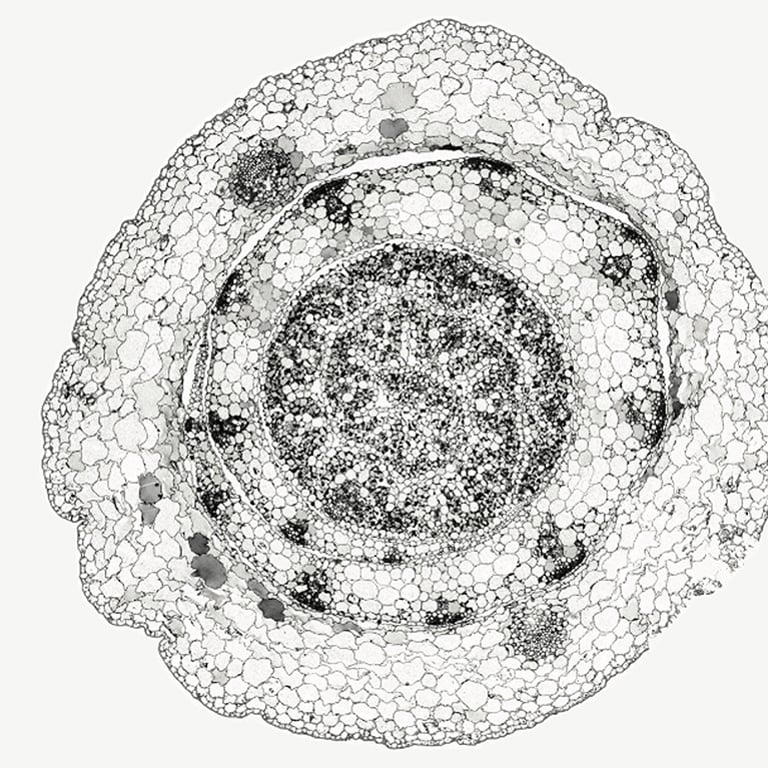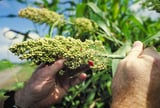Breakthrough in Photosynthesis Evolution Could Revolutionize Crop Efficiency and Resilience
November 21, 2024
Photosynthesis first evolved in ancient bacteria over 3 billion years ago, eventually leading to the development of plants.
Approximately 30 million years ago, some plants developed C4 photosynthesis, which is a more efficient process compared to the C3 method used by crops like rice.
The research team, including Salk scientists and collaborators from the University of Cambridge, utilized single-cell genomics technology to compare C3 rice and C4 sorghum at a cellular level.
The study revealed that the differences between C3 and C4 plants are primarily regulatory rather than genetic, with transcription factors known as DOFs playing a crucial role in this process.
These DOFs were found to control the expression of genes related to bundle sheath cells and photosynthesis in C4 plants, suggesting a potential pathway for converting C3 crops to C4.
C4 plants, such as corn and sorghum, utilize a more complex photosynthesis mechanism that includes bundle sheath cells, resulting in a 50% increase in efficiency compared to C3 plants.
Despite the advantages of C4 photosynthesis, approximately 95% of plants still rely on the less efficient C3 process, which has significant inefficiencies, particularly under drought and heat conditions.
Future research aims to engineer rice to utilize C4 photosynthesis, a long-term goal supported by the C4 Rice Project.
This research is supported by various organizations, including the Howard Hughes Medical Institute and the Bill and Melinda Gates Foundation, and the data has been shared globally to assist other scientists.
The findings were published in the journal Nature, emphasizing their potential to lead to significant agricultural advancements in the face of global warming.
Scientists have traced the evolutionary transition from C3 to C4 photosynthesis, revealing key regulatory changes that could enhance crop resilience and efficiency.
The findings contribute to the Salk Harnessing Plants Initiative's mission to develop crops that can withstand climate change while improving global food security.
Summary based on 4 sources
Get a daily email with more Science stories
Sources

Phys.org • Nov 20, 2024
Superior photosynthesis abilities of some plants could hold key to climate-resilient crops
ScienceDaily • Nov 20, 2024
Superior photosynthesis abilities of some plants could hold key to climate-resilient crops
SciTechDaily • Nov 21, 2024
The Photosynthesis Upgrade: Creating Super Crops for a Changing World
Salk Institute for Biological Studies • Nov 20, 2024
Superior photosynthesis abilities of some plants could hold key to climate-resilient crops - Salk Institute for Biological Studies